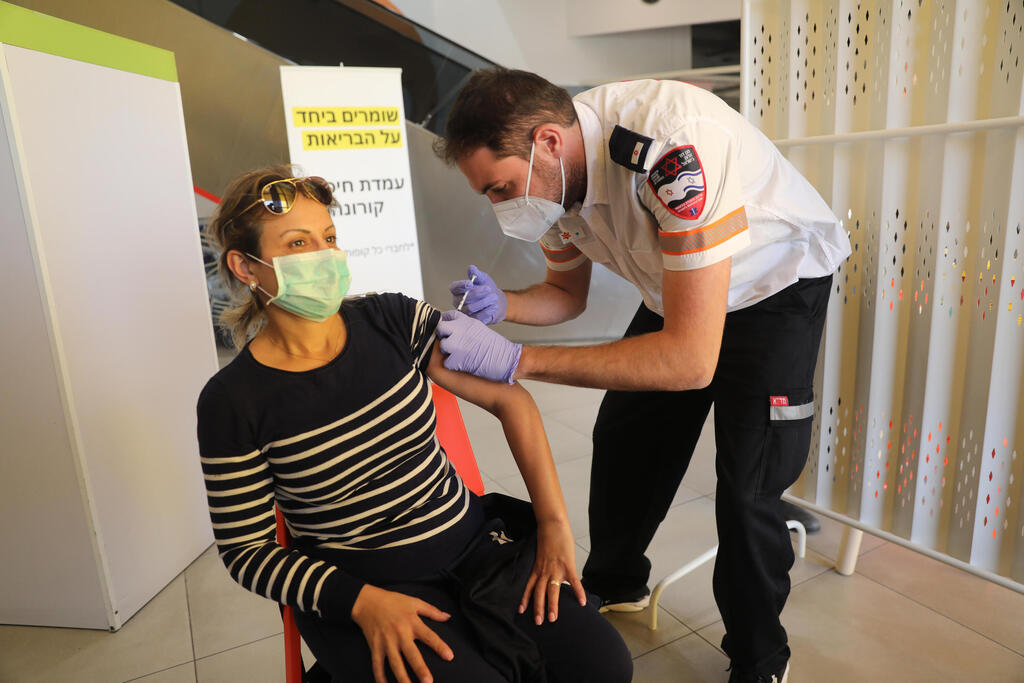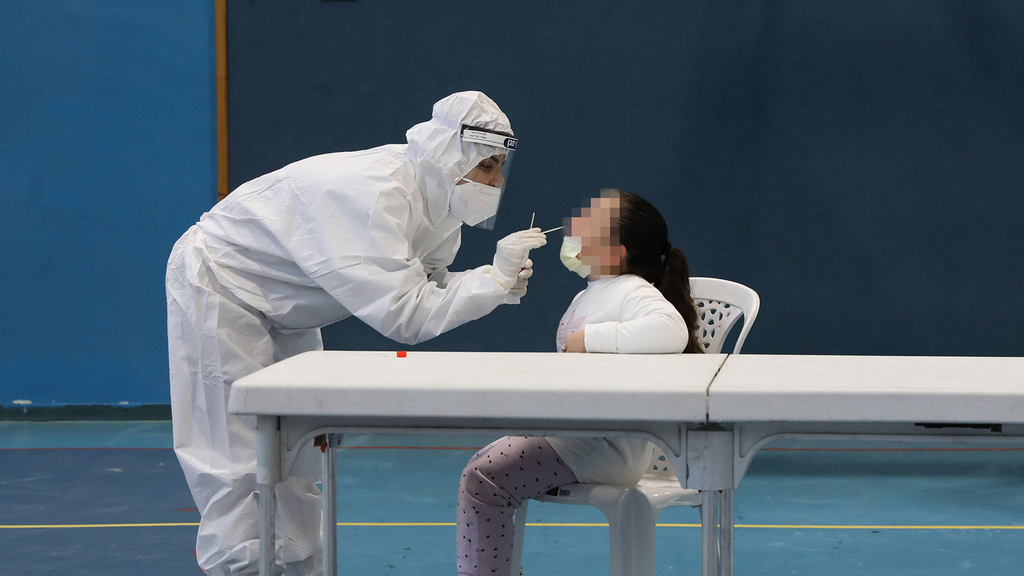One in five of all Israeli coronavirus cases diagnosed in February were in children aged under 10 years, while the country is seeing a significant decline in morbidity among its elderly population, according to data released by the Health Ministry on Tuesday.
Israel’s internationally praised vaccine rollout campaign began in December with the inoculation of all citizens over 60 and is now offering the vaccine to everyone aged 16 and over.
Dr. Sharon Alroy Preis, head of public health services in the Health Ministry, warned ministers at a cabinet meeting Monday that there has been a sharp rise in coronavirus morbidity among the youngest young age group, contrary to a decline or plateauing among older Israelis.
According to the data, at the end of January, some one in 10 (11.2%) of new cases were of children aged 0-9. However, at the end of February alone, that percentage climbed to almost one in five, or 19.7%.
Despite this steep rise, only two children under 10 are hospitalized in serious condition.
A small uptick in cases was also observed over the past month among children aged 10-19 (from 20.1% to 22.47%) and those aged 20-29 (from 19.83% to 21%).
With cases among the under 30s climbing from 51.16% in January to 63.23% in February - two out of three new diagnosed infections belong to this age group.
Those aged 30-49 have shown a drop in confirmed cases, though a very small one.
2 View gallery


A woman being vaccinated against coronavirus at a pop-up clinic at a mall in Rishon LeTsiyon
(Photo: EPA)
The more prevalent decline in cases begins to be seen for those over the age of 50. The 50-59 age group went from 9.5% of all cases in Israel in January to 7.4% in February; the 60-69 age group went from 6.4% of all cases in January to 3.8% the following month; those aged 70-79 went from 3.3% of all cases to 1.8%; and the over-80s went from 2.34% to 1.32%.
Experts believe that this trend changed stems from the majority of those over 50 being vaccinated against the virus, and thus "moving" the morbidity to the younger population.
According to data, 85.7% of the over 90s have received both vaccine doses, 84.8% of the over 80s; 87.8% of those aged 70-79; 75.9% of those in the 60-69 bracket; 66.5% of those aged 50 to 59; 56.6% of those aged 40 to 49 and 39.4% of those aged 30 to 39.
Since under 30s were the last to be authorized to receive the vaccine, just 30.8% of those aged 20-29 have received both doses of the vaccine and just 9.8% of those aged 10 to 19 have had both jabs.


